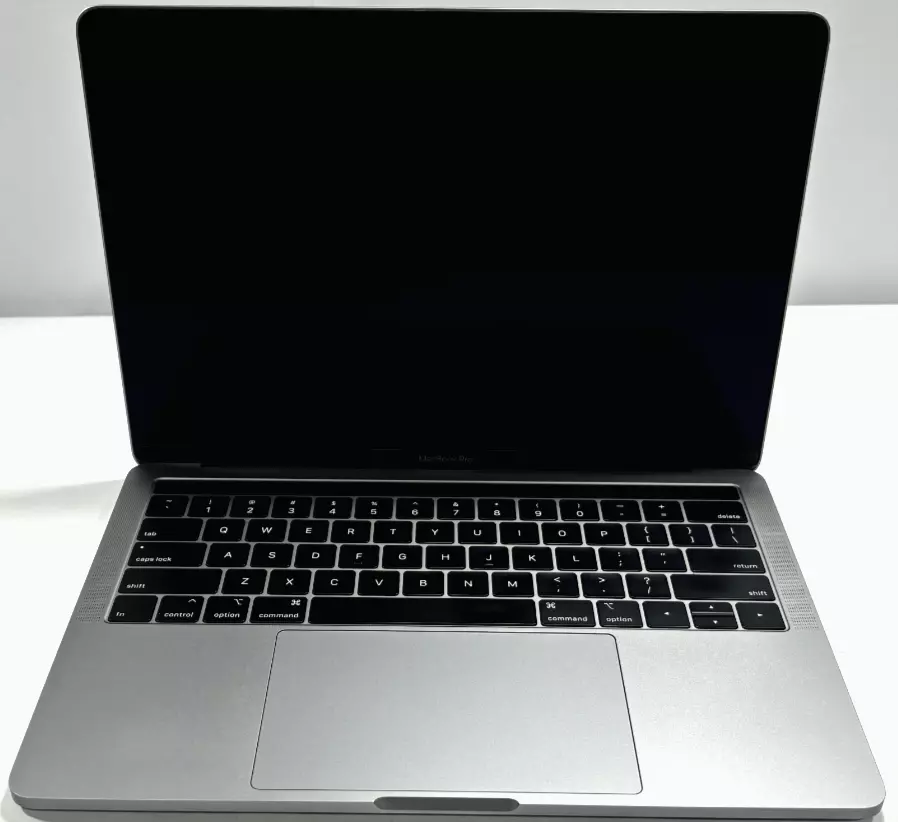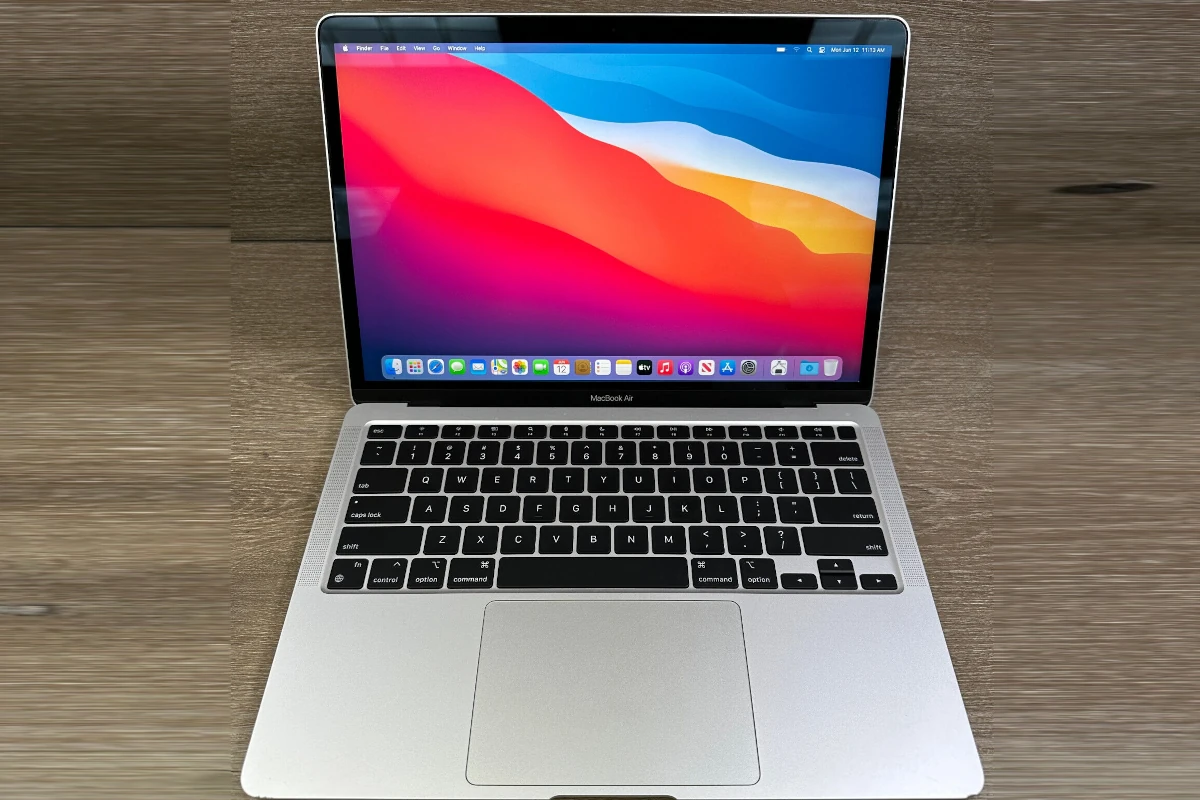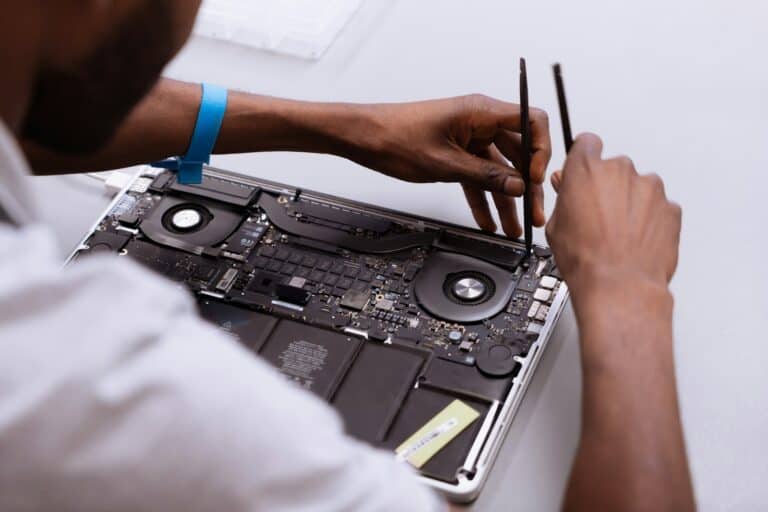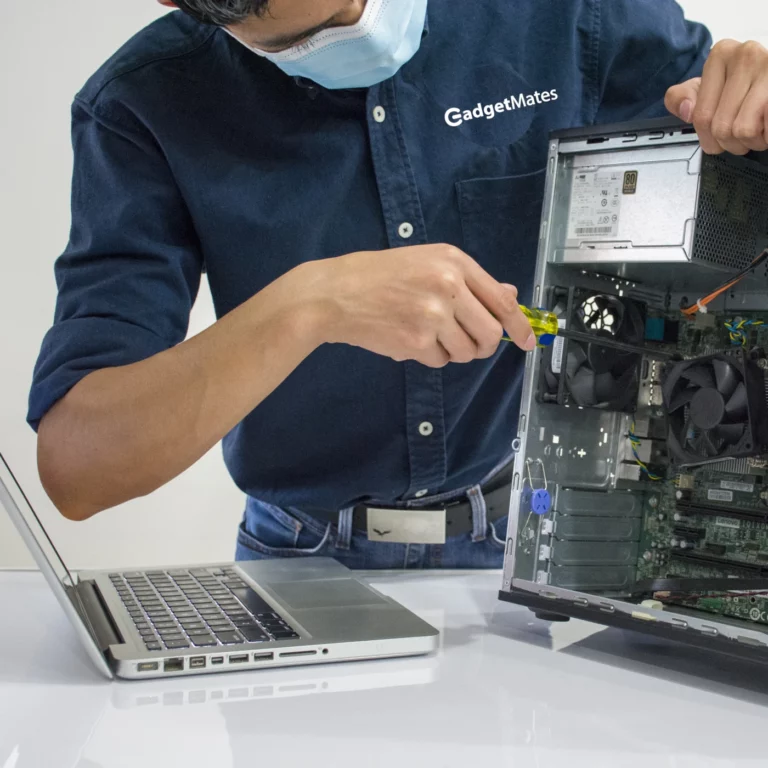Factory resetting a MacBook Air or Pro wipes all data and returns the computer to its original state. This process removes personal files, apps, and settings while reinstalling a fresh copy of macOS. Newer Macs with Apple silicon chips running macOS Monterey or later can use the simple “Erase All Content and Settings” feature, while older Intel-based Macs require a more complex reset process.
The reset process varies depending on the Mac model and operating system version. Apple silicon Macs offer a streamlined approach similar to resetting an iPhone. Intel Macs need manual steps involving disk formatting and system reinstallation.
Users should back up important data before starting any factory reset. The process permanently deletes all information stored on the device. This guide covers both methods and answers common questions about factory resetting MacBooks.

How to Factory Reset a MacBook Air or Pro: Steps
Factory resetting your Mac will erase all data and return it to its original state. This is useful if you’re selling, trading in, or troubleshooting your device.
1. Before You Begin
Before erasing your Mac, make sure to:
- Back up your data using Time Machine or an external drive.
- Sign out of iCloud, iMessage, and other Apple services:
- Go to System Settings → Apple ID → Overview → Sign Out.
- Open Messages, then go to Messages → Settings → iMessage → Sign Out.
- Unpair Bluetooth accessories (optional but recommended).
- Make sure you have internet access to reinstall macOS.
2. Reset Steps for Apple Silicon Macs (M1, M2, M3)
These Macs have a built‑in Erase All Content and Settings option (macOS Monterey or later).
Steps:
- Open System Settings → General → Transfer or Reset.
- Click Erase All Content and Settings.
- Enter your Mac password.
- Follow the on‑screen prompts to erase your Mac.
- Your Mac will restart and show the Setup Assistant screen.
3. Reset Steps for Intel-based Macs
Intel Macs require booting into macOS Recovery to erase the drive.
Steps:
- Shut down your Mac.
- Turn it on and immediately hold Command (⌘) + R until you see the Apple logo.
- In macOS Utilities, choose Disk Utility.
- Select your startup disk (usually named Macintosh HD), then click Erase.
- Format: APFS (for macOS High Sierra or later) or Mac OS Extended (Journaled) (for older macOS).
- Quit Disk Utility.
- In macOS Utilities, select Reinstall macOS and follow the prompts.
- Once installation is complete, your Mac will restart to the Setup Assistant.
4. Special Cases
- macOS Ventura or later: The menus are slightly different, but the Erase All Content and Settings option is still in System Settings → General → Transfer or Reset.
- If macOS Recovery doesn’t work: You can use Internet Recovery by holding Option + Command + R at startup.
5. After the Reset
Once your Mac restarts:
- If you’re selling or giving it away, do not set it up — leave it on the welcome screen.
- If you’re keeping it, follow the Setup Assistant to restore from a backup or start fresh.
💡 Tip: For official Apple instructions, you can also check Apple’s factory reset guide.
Key Takeaways
- Factory reset methods differ between Apple silicon and Intel-based MacBooks
- All personal data gets permanently deleted during the reset process
- Backing up important files before resetting prevents data loss
Frequently Asked Questions
Users often need clarification on specific steps for different MacBook models and situations where standard reset methods don’t work. Password recovery and older Mac models require different approaches than newer systems.
What are the steps to perform a factory reset on a MacBook Pro?
The steps depend on the MacBook Pro model and macOS version. For newer models with macOS Monterey or later, users can access Erase All Content and Settings through System Settings.
Users should click the Apple menu, select System Settings, then click General. They need to scroll down and click Transfer or Reset, then select Erase All Content and Settings.
For macOS Monterey users, the option appears directly in the System Preferences menu. The system will ask for administrator credentials and Apple Account password during the process.
The Mac will restart and show a progress bar. After completion, Setup Assistant guides users through initial setup like a new Mac.
How do I reset my MacBook Air to factory settings without using a password?
Users cannot complete a standard factory reset without administrator credentials. The system requires the administrator password to authorize the erasure process.
If users forgot their password, they must reset it first using Recovery Mode. They can restart the Mac while holding Command + R to enter Recovery Mode.
From Recovery Mode, users select Utilities, then Terminal. They type “resetpassword” and follow the prompts to create a new administrator password.
After resetting the password, users can proceed with the normal factory reset process using their new credentials.
Can you guide me through factory resetting a MacBook Pro from 2012?
A 2012 MacBook Pro requires manual erasure since it lacks the Erase All Content and Settings feature. Users must use Disk Utility in Recovery Mode for this older model.
Users should restart the Mac while holding Command + R to enter Recovery Mode. They select Disk Utility from the utilities window.
In Disk Utility, users select their startup disk and click Erase. They choose Mac OS Extended format and click Erase to wipe the drive.
After erasure completes, users quit Disk Utility and select Reinstall macOS. The system downloads and installs a fresh copy of the operating system.
What is the process to factory reset a 2017 model MacBook Air?
A 2017 MacBook Air supports Erase All Content and Settings if it runs macOS Monterey or later. Users should first check their macOS version in the Apple menu under About This Mac.
If the system runs macOS Monterey or later, users follow the standard Erase All Content and Settings process. They access this through System Settings or System Preferences depending on the macOS version.
For older macOS versions, users must use the manual method through Recovery Mode. They restart while holding Command + R and use Disk Utility to erase the drive.
The system requires internet connection to download macOS during reinstallation. Users should connect to Wi-Fi when prompted during the process.
Is it possible to factory reset a MacBook Pro from 2015, and how would I do it?
A 2015 MacBook Pro can be factory reset, but the method depends on the macOS version installed. These models don’t have Apple T2 chips, so Erase All Content and Settings may not be available.
Users should try accessing System Settings or System Preferences to check for the Erase All Content and Settings option. If present, they can use this simplified method.
If the option isn’t available, users must use Recovery Mode. They restart while holding Command + R and select Disk Utility from the utilities window.
In Disk Utility, users select their main drive and click Erase. After wiping the drive, they quit Disk Utility and choose Reinstall macOS to restore the system.
What should I do if Erase Assistant is not supported on my Mac during a factory reset attempt?
When Erase All Content and Settings isn’t available, users must use the manual reset method through Recovery Mode. This applies to older Macs without Apple silicon or T2 Security Chips.
Users should restart their Mac while holding Command + R to enter Recovery Mode. They select Disk Utility from the macOS Utilities window.
In Disk Utility, users choose their startup disk and click the Erase button. They select the appropriate format and confirm the erasure process.
After the drive erases completely, users quit Disk Utility and select Reinstall macOS. The system downloads and installs a fresh operating system copy.






